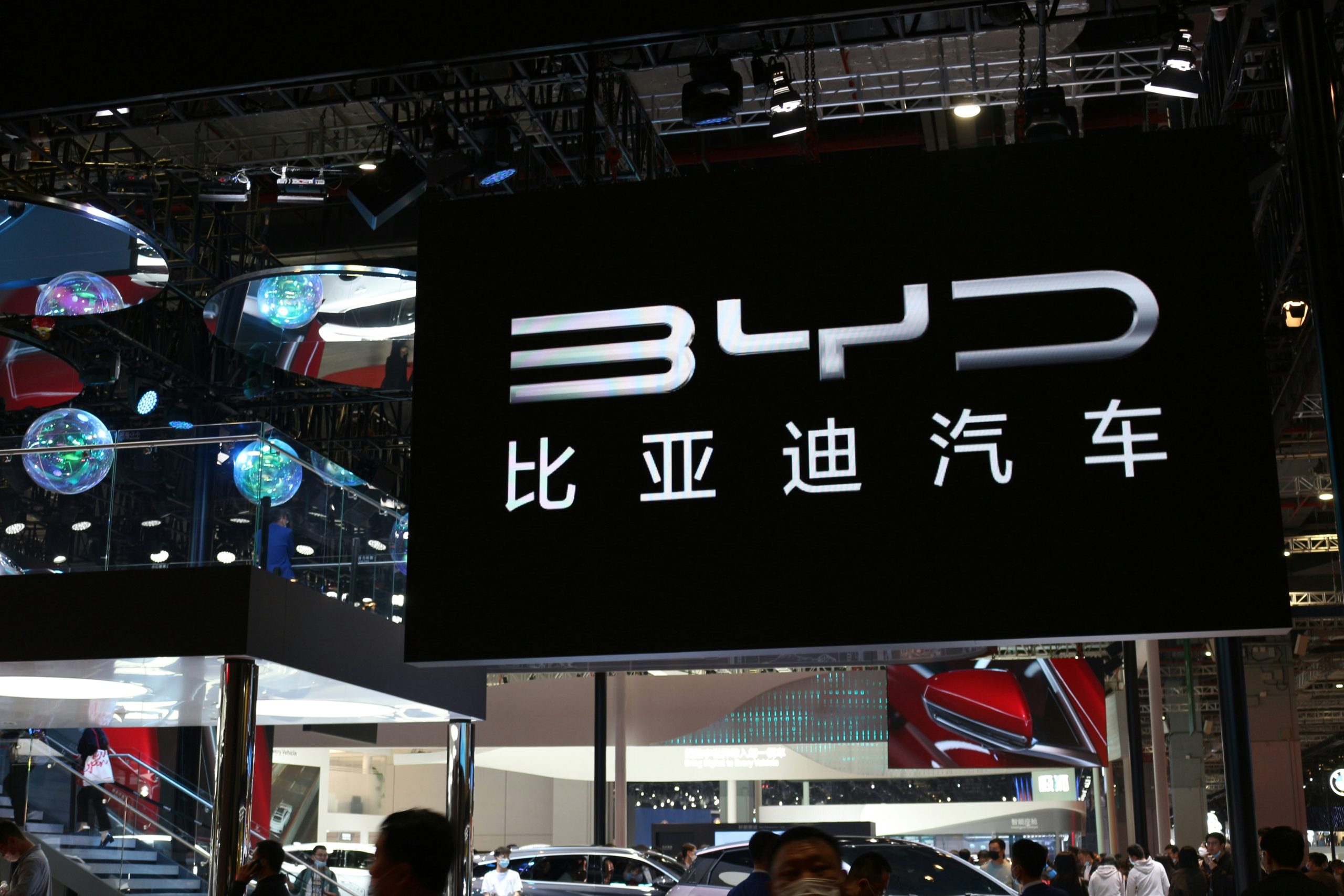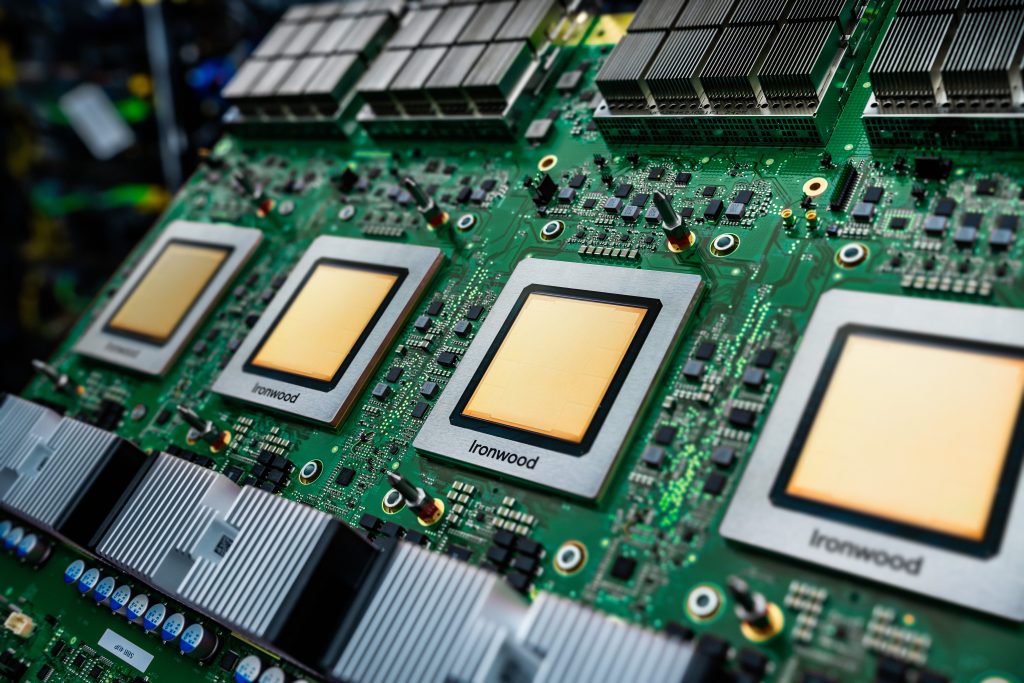- BYD beats Tesla with $107 billion revenue and aggressive price on-priced Model 3 competitor.
- Chinese EV maker overtakes as political backlash and price competition drive Tesla’s sales down.
Tesla’s once unassailable position in the electric vehicle (EV) market continues to erode in 2025 as Chinese automaker BYD dominates the global EV landscape with its recipe of innovation and aggressive pricing.
The US electric vehicle pioneer, led by Elon Musk, now struggles against BYD’s global expansion and technological advances that are reshaping consumer expectations worldwide. The power shift has fundamentally altered the competitive dynamics of the global EV industry, with profound implications for automakers across all markets.
Revenue milestone
According to a stock filing published Monday at the Shenzhen stock exchange, BYD’s 2024 revenue reached 777.1 billion yuan ($107.2 billion), ahead of Tesla’s $97.7 billion. The crossover in leadership position marks the first time the Chinese automaker has surpassed its American rival in revenue.
“BYD’s revenue results represent a 29% increase from the previous year and outperformed a Bloomberg forecast of 766 billion yuan,” reported AFP. BYD’s net profit reached 40.3 billion yuan, up 34% from 2023, and it recorded a record quarterly profit of 15 billion yuan in Q4 2024. The timing is significant, coinciding with Tesla’s declining sales trajectory in most major markets and BYD’s aggressive expansion into international territories previously dominated by Western manufacturers.
The “Model 3 killer” strategy
Perhaps most threatening to Tesla’s position is BYD’s direct assault on its bestselling Model 3. On Sunday, BYD launched the Qin L, priced at just 119,800 yuan ($16,517), positioning it as what the South China Morning Post describes as a “Model 3 killer.”
For comparison, the basic edition of Tesla’s Model 3 in China is priced at 235,500 yuan – more than double. Despite the price difference, the Qin L offers competitive specifications with a driving range of 545km to Model 3’s 634km. Both cars feature preliminary self-driving software and digital cockpits, demonstrating BYD’s ability to at least match Tesla’s technology at a significantly lower price point.
“BYD has already impressed most Chinese drivers as a maker of reliable electric cars, and its new products that are affordable to middle- and low-income consumers will lure some Tesla fans away from its Model 3 and Model Y,” said Tian Maowei, a sales manager at Yiyou Auto Service in Shanghai. “As it enjoys a pricing advantage, Qin L will easily generate thousands of deliveries a month.”
Meanwhile, Guangzhou-based Xpeng is challenging Tesla and BYD with its Mona M03, priced the same as the Qin L at 119,800 yuan. The company shipped more than 15,000 units of the Mona M03 in February.
Global sales disparity: How BYD dominates Tesla
The contrast in sales performance is stark. BYD reported selling 322,846 cars in February 2025, up 164% on last year. According to AFP, its monthly sales jumped 161% in February to 318,000 units. Meanwhile, Tesla’s shipments from China dropped 49% in February, with the automaker shipping 30,688 vehicles – the lowest monthly figure since July 2022.
On a broader level, Tesla’s market share in China has dropped from more than 16% of the market in 2022 to 4.3% in February 2025.
Tesla’s global decline
Tesla’s challenges extend beyond China. According to TIME, the company’s stock dropped 15% on Monday, its steepest decline in five years. European sales have been particularly hard hit, with Tesla selling just 7,517 vehicles in Europe in January, half of what it sold in January the previous year, despite overall rising EV sales in the region.
In Germany, Tesla sales were down more than 70% compared to last year, with less than 1,500 new Teslas registered in February. Similar patterns emerged across Europe, with sales falling 50% in Portugal, 45% in France, 42% in Sweden, and 48% in Norway between January and February 2025. The UK is the only country where the brand remains in increased demand.
Australia has also seen Tesla sales drop over 70% compared to last year, with just 1,592 sales in February compared to 5,665 in February 2024, according to The Guardian. Even in California, Tesla’s home market and the largest domestic market for EVs in the US, sales have slumped for five consecutive quarters.
Technology race
BYD isn’t winning on price alone. The company is pushing technological innovation, recently unveiling its “Super e-Platform” battery and charging system. The system boasts peak speeds of 1,000 kilowatts – double the 500 kilowatts currently offered by Tesla’s Superchargers. The system allows cars to travel up to 470 kilometres after just a five-minute charge.
Last month BYD announced that at least 21 of its models, including the Seagull hatchback that starts at just 69,800 yuan, would be fitted with its advanced driver assistance system at no additional cost. The system allows cars to navigate and drive semi-autonomously on roads and park itself.
Tesla’s response
To counter its sales decline in China, Tesla is currently designing a cheaper version of its bestselling Model Y. According to the South China Morning Post, the new edition will be 20% cheaper than the existing variants available in China, which range in price from 263,500 yuan to 303,500 yuan. The US firm plans to start making the car at its Shanghai factory next year.
As reported by Reuters, Tesla has also sent engineers to work with Baidu to integrate Chinese map data with Tesla’s driver-assistance systems, helping vehicles better recognise mainland China’s lane markings and traffic signals. When asked about managing his various businesses amid these challenges, Musk told Fox Business’s Larry Kudlow that he was doing so “with great difficulty.”
Market valuation gap
Despite BYD’s revenue gains, Tesla maintains a significant lead in market valuation. Fortune reports that, “Tesla is worth about $800 billion despite a share-price rout that’s seen the stock plunge 38% this year. BYD has a market capitalisation closer to $157 billion.”
Tesla also continues to lead in profitability ratio, with a 2024 net income of $7.6 billion compared to BYD’s approximately $5.6 billion (40.3 billion yuan). This suggests that while BYD dominates sales volume and revenue, Tesla maintains higher profit margins per vehicle.
Outlook
Wang Chuanfu, BYD’s chairman and founder, stated that Chinese auto brands in the era of intelligence-led vehicles were no longer merely followers but at the forefront of the trend. “They’re ‘daring’ to be first in the world and are collaborating with other domestic brands to go global and move up the value chain,” he said, according to Fortune.
The company that once dominated the EV landscape faces questions about its positioning and strategy. With production shortages affecting its upgraded Model Y deliveries in Shanghai and competitors offering comparable technology at half the price, Tesla’s first-mover advantage has largely evaporated. The global EV race has entered a new phase, and BYD dominates Tesla in ways few would have predicted just a few years ago.








